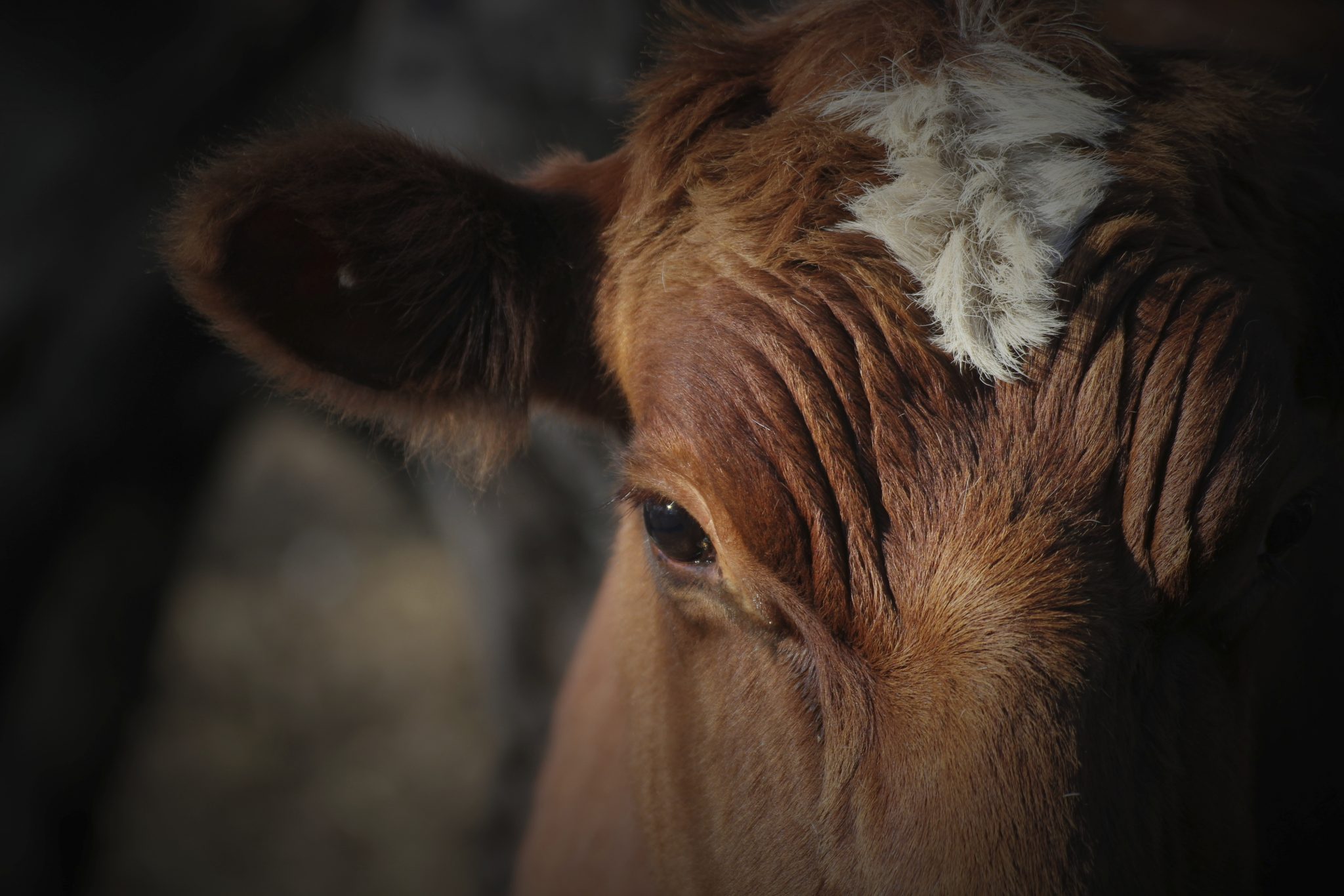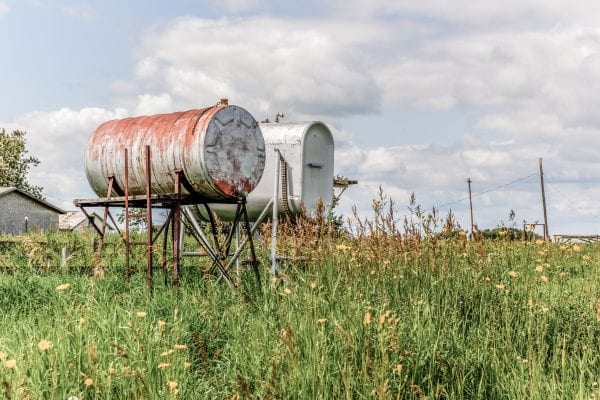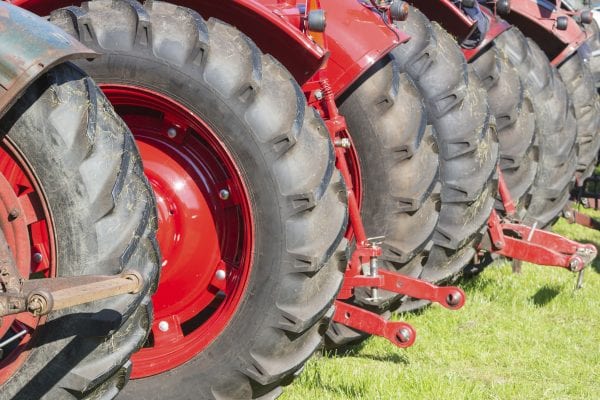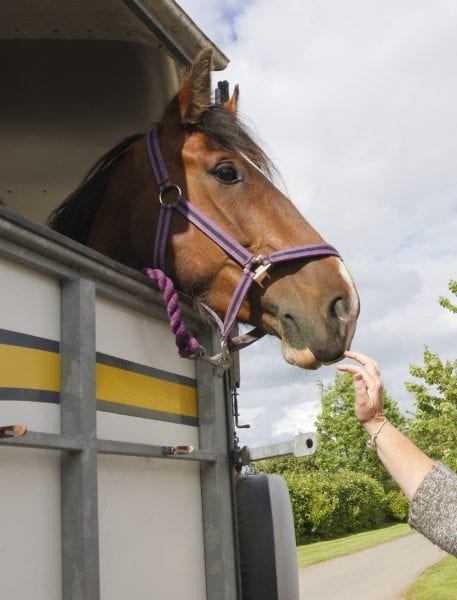Emergency Handbook

Farms in flood-prone areas, or areas in which flooding has been anticipated, should have an emergency plan for evacuation. A farmstead disaster plan must consider the safety of family members and farm workers, livestock, and emergency response personnel to assist in recovery efforts.

It must also include a plan to protect crops, equipment and machinery, agricultural chemicals, water supplies, and food stores for animals.
Long-Term Preparation
If flooding is common to your area or is anticipated, take these precautions.
- Vaccinate your livestock.
- Plan for emergency milk pick-up for dairy cows.
- Plan to move grain out of reach of floodwaters.
- Provide riprap on banks of earthen manure storages where flowing water may erode berms.
Short-Term Preparation
If time permits, take the following precautions:
- Move machinery, feed, grain, pesticides, and herbicides to a higher elevation. The upper level of a two-story barn, if available, makes a good temporary storage facility.
- Open gates so livestock can escape high water, and ensure they have a good source of food and water.
- If water is rising, try to drive stock through water free of obstructions. Grazing animals swim well, but fences and other obstacles can create problems. Long swims through calm water are safer than short swims through a swift current. Large animals often will seek shelter in barns.
- Leave building doors and windows open to equalize pressure during flooding and to help prevent buildings from shifting.
- If possible, move motors and portable electric equipment to a dry location.
- Disconnect electric power to all buildings, which may be flooded. If in doubt about how to disconnect power, call your utility company.
- Tie down lumber, logs, irrigation pipes, fuel tanks, and other loose equipment or material. Secondary containment is another possibility for fuel tanks, as well as for pesticide storage.
- To keep surface water out of a well, use materials such as heavy plastic and duct tape to seal the well cap and top of the well casing.
- Secure loose items such as machinery parts and tools.
Inventory
A comprehensive accounting of livestock, property, or potentially hazardous substances is essential to farmstead disaster preparation. Livestock may be killed, lost, or stolen during an emergency situation. Attach animal identification tags on all animals and note the ID number and description of the animal.
Maintain a list of machinery and equipment, including make and model numbers. Keep an updated list including quantity of pesticides, fertilizers, fuels, medicines, and other chemicals. During a disaster, these chemicals can wash into streams or contaminate food supplies, placing people and animals at risk.
Prepare a Farm Emergency Kit
Include the following:
- sandbags and plastic sheeting in case of flood
- wire and rope to secure objects
- lumber and plywood to protect windows
- extra fuel for tractors and vehicles, stored in a safe location
- hand tools to assist in preparation and recovery
- fire extinguishers at all barns and in all farm vehicles
- a supply of livestock feed
- a gas-powered generator in case of power failure
Use pesticides only according to the directions on the label. Follow all directions, precautions, and restrictions that are listed. Do not use pesticides on plants that are not listed on the label. Trade and brand names used are given for information purposes only. No guarantee, endorsement, or discrimination among comparable products is intended or implied by the Alabama Cooperative Extension System. This publication is for information purposes only and should not be a substitute for recommendations or treatment by a health care provider.




